Regulations on planning of monuments and contents of planning of monuments in Vietnam
What are the regulations on planning of monuments and contents of planning of monuments in Vietnam? – Van Cuong (Thanh Hoa)
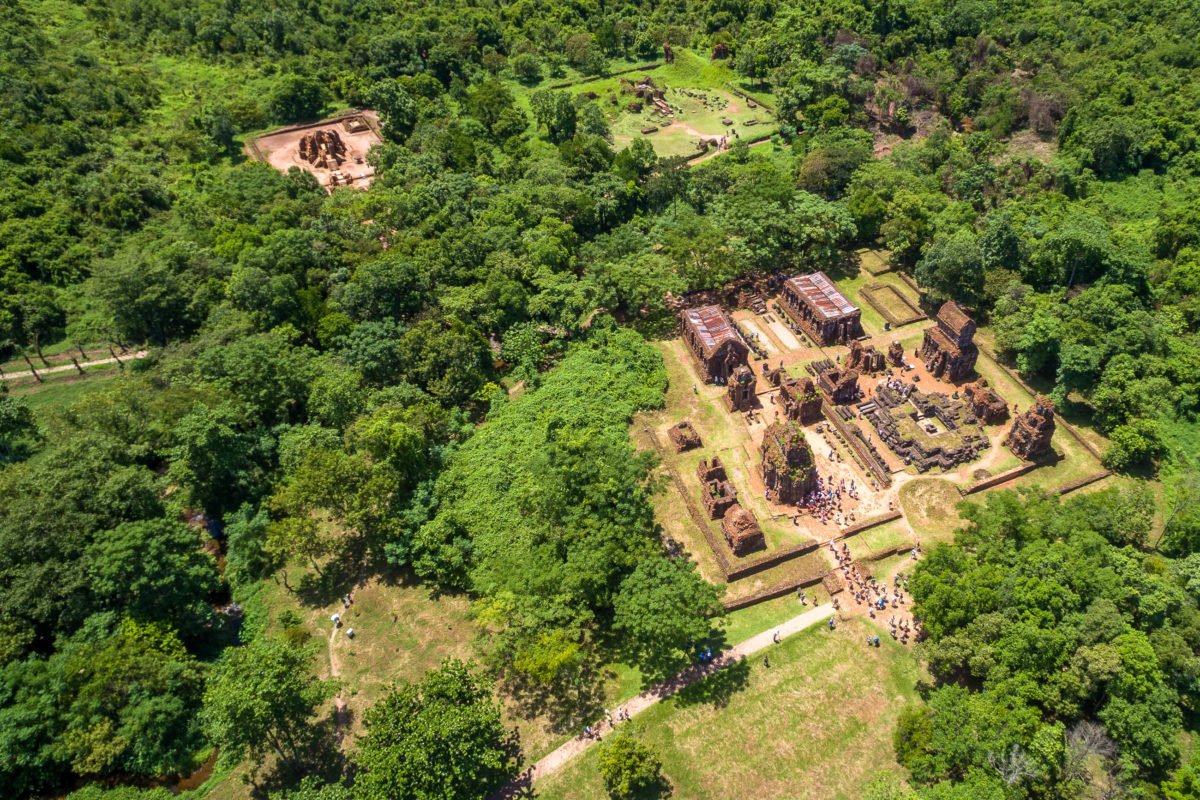
Regulations on planning of monuments and contents of planning of monuments in Vietnam (Internet image)
Regulations on planning of monuments and contents of planning of monuments in Vietnam
Currently, regulations on the planning of monuments and the contents of the planning of relics are mentioned in Decree 166/2018/ND-CP on competence, order, and procedures for formulation, appraisal, and approval of plannings and projects on preservation, renovation, and restoration of historical - cultural relics and scenic spots.
Planning monuments in Vietnam
Monument planning is made for a world cultural and natural heritage, a special national monument, or a cluster of national monuments. Provincial-level monuments form a population distributed in the same geographical area, with close relationships in history, culture, science, and aesthetics.
In the case of a world cultural and natural heritage, a special national relic, and a protected area that is part or the whole of a national tourist area, special-use forest, or marine conservation area, only one relic planning shall be made, in which the content of relic protection is integrated with the protection of forest resources, biodiversity, aquatic resources, geological and geomorphological resources, and the rights and obligations of the community in accordance with the law on planning, the law on cultural heritage, the law on forestry, fisheries, and other relevant laws.
Contents of monument planning in Vietnam
(1) Grounds for planning the relic include:
- Legal documents related to planning;
- Relevant contents stated in the approved strategy for socio-economic development, national defense, and security of the locality where the relic is located;
- The task of planning the relic has been approved;
- Regulations and standards on preservation, restoration, and restoration of monuments;
- Opinions of relevant organizations and individuals; the community where the monument is located.
(2) Analysis and assessment of the current status of the monument and the land belonging to the monument, including:
- Results of survey and research on the characteristics and values of the monument; technical status, management, protection, and promotion of the value of the monument;
- Analysis and evaluation of the factors of the natural and social environment affecting the monument; the current status of land use and technical infrastructure in the planning area;
- Identification of typical characteristics and values of the monument, the relationship between the planned monument and other monuments in the study area.
(3) Perspectives, long-term goals, and short-term goals.
(4) Determining the boundary of the relic protection area, proposing the adjustment to expand or narrow the relic protection area; determining areas of natural landscapes, areas where construction is restricted, and areas for new construction; and proposing the additional ranking of newly discovered works and locations.
(5) Orientation for preservation, restoration, and restoration of relics: Plans for preserving, repairing, and restoring relics of the whole planning area; the list of works that need to be preserved, repaired, and restored and the degree of preservation, repair, and restoration for each work; basic principles and solutions for the preservation, restoration, and restoration of monuments.
(6) Orientation to promote the value of relics associated with sustainable tourism development.
(7) Orientation for spatial organization, height, construction density, architectural form, materials of new construction works; orientations to renovate and build technical infrastructure in the relic planning area.
(8) Forecast of environmental impacts and propose measures to protect the environment, minimize adverse impacts on the environment in the planning area of the monument.
(9) Proposal of component project, investment phase, priority order, and investment capital source for that component project.
(10) Proposal of mechanisms, policies, and solutions to implement the relic planning.
Duong Chau Thanh
- Key word:
- planning
- in Vietnam
- monument
- Regulations on the Effectiveness of the Latest Land Recovery Notification
- Guidance on Extending the Deadline for Paying Special Consumption Tax on Locally Produced or Assembled Automobiles
- Prohibited acts of accreditors of higher education and pedagogical colleges in Vietnam
- Criteria for assessment of construction of safe schools for prevention and control of accidents and injuries
- Guidance on allocating merit money excluding purposeful funds allocated to the Monument Management Board in Vietnam
- Specific expenditures in the protection and promotion of monument values in Vietnam
-
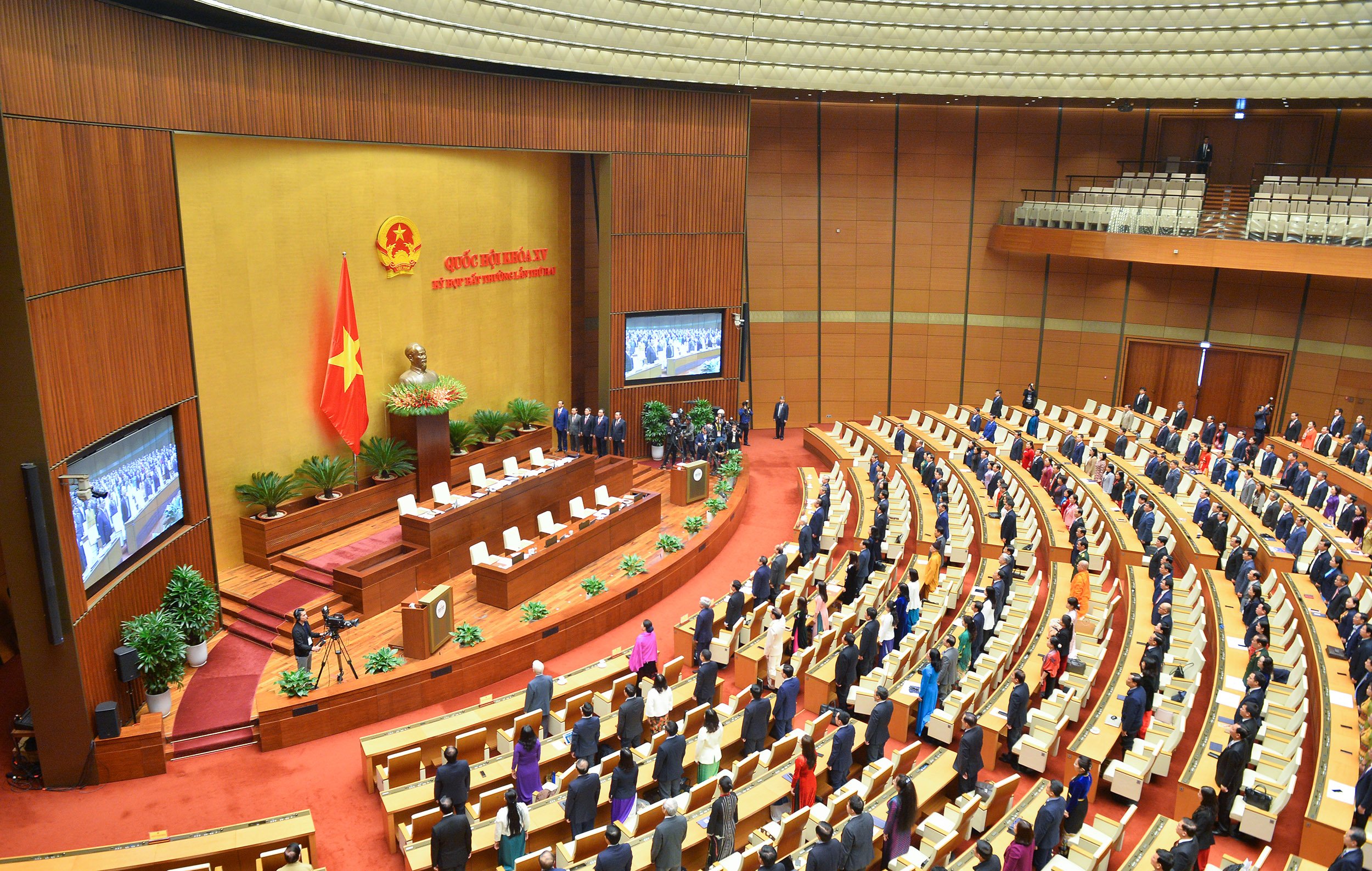
- Development of human resources to advise on law ...
- 11:30, 31/08/2024
-
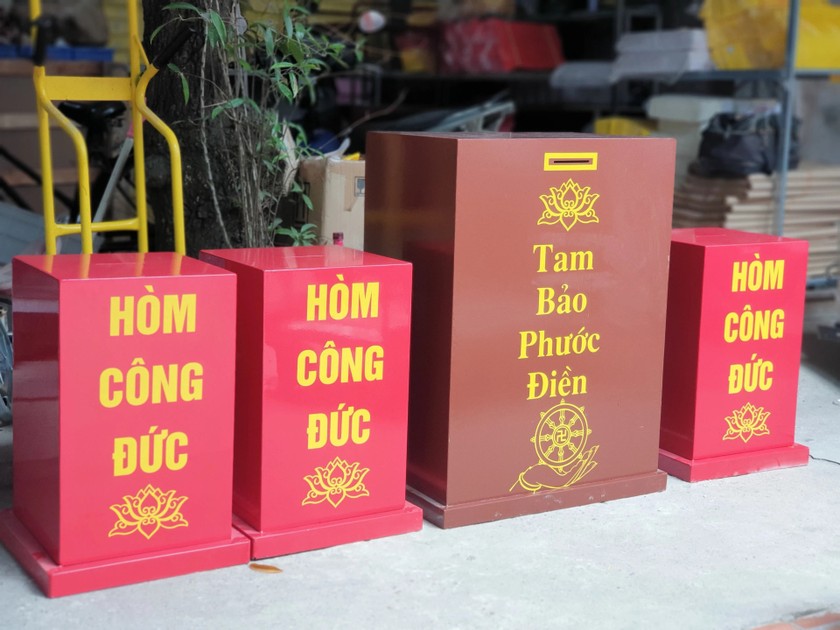
- Specific expenditures in the protection and promotion ...
- 10:30, 31/08/2024
-

- National marine spatial planning in Vietnam for ...
- 09:29, 31/08/2024
-
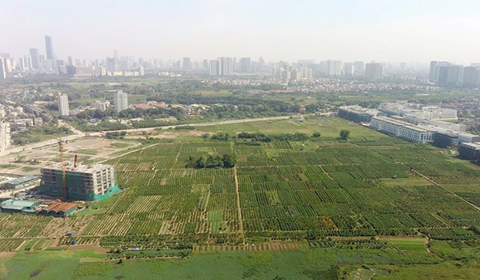
- Land use plan for Information and communication ...
- 08:59, 31/08/2024
-
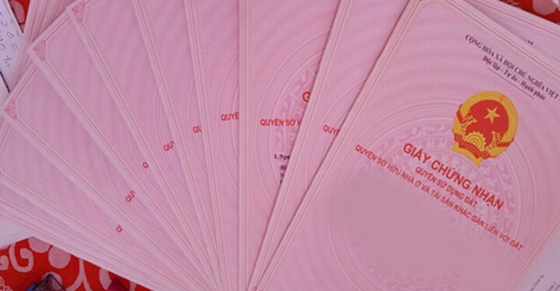
- Newest guidelines for issuance of Certificate ...
- 18:00, 30/08/2024
-

- Regulations on the Effectiveness of the Latest ...
- 18:30, 31/08/2024
-

- Regulations on the System of National Defense ...
- 18:00, 31/08/2024
-

- Guidance on Extending the Deadline for Paying ...
- 17:30, 31/08/2024
-

- Subjects and Conditions Eligible for Amnesty in ...
- 17:00, 31/08/2024
-

- Law on Data anticipated to be passed in May 2025
- 16:47, 31/08/2024

 Article table of contents
Article table of contents
